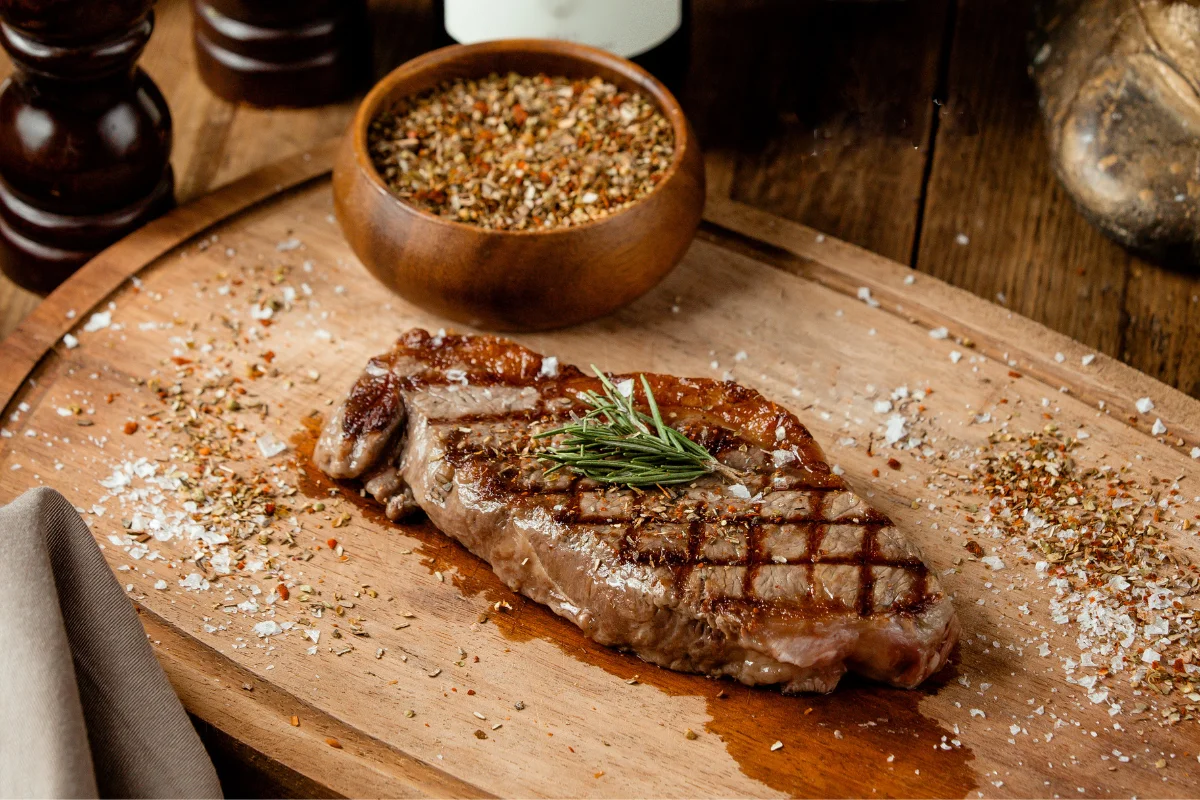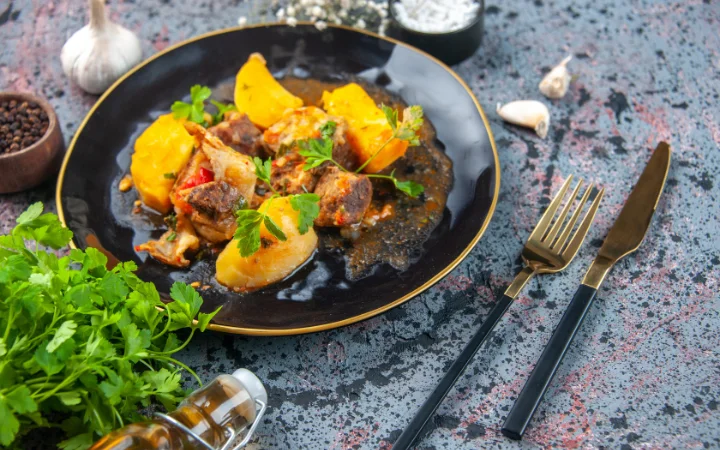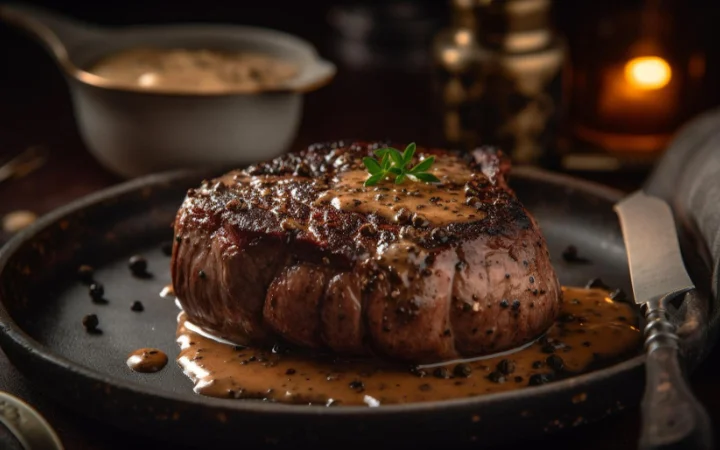Embark on a flavorful journey with this guide, exploring the world of corned beef. This article covers its history, cooking methods, recipes, and nutrition. It’s perfect for enthusiasts and foodies alike. Whether you’re planning a St. Patrick’s Day feast or simply looking to expand your culinary repertoire, this guide offers everything you need to know about this beloved dish.
Understanding the History and Origin
Corned beef, a cultural staple, blends its history with food preservation and cultural exchange. ‘Corned’ refers to the large salt grains used in curing. Before refrigeration, this preservation method made corned beef vital for sailors and explorers.
In the 17th century, Ireland became the hub for its production, largely due to its abundant cattle and salt tax laws favoring the export of salted meat. However, ironically, the Irish rarely consumed it themselves due to its cost. It was only after Irish immigrants reached America that it became a symbol of Irish-American culture, especially as a St. Patrick’s Day staple.
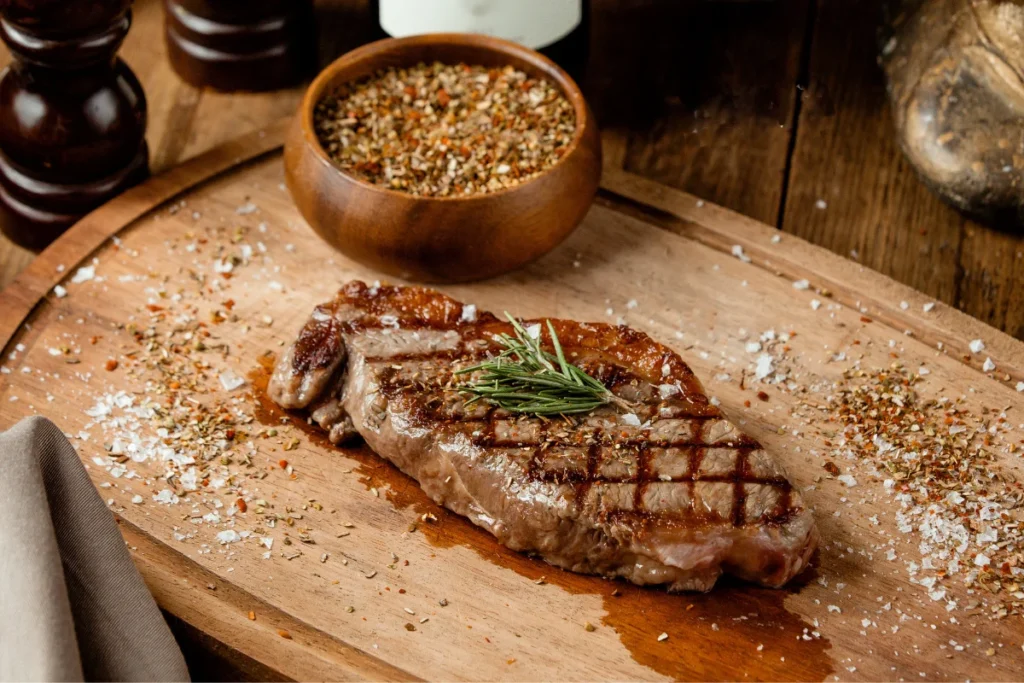
Corned Beef in Different Cultures
Learn about the global journey of corned beef and its versatility in culinary arts on Britannica. In the United States, it’s synonymous with the Irish-American tradition, especially on St. Patrick’s Day. However, in other parts of the world, it takes on different forms and flavors.
In the Caribbean, it is often cooked with onions and spices for a quick meal. New York City’s Jewish delis have turned it into an art, offering succulent sandwiches. This cross-cultural journey highlights not only its global appeal but also the way food adapts and evolves, reflecting the story of migration and cultural fusion.
Exploring Cooking Methods Oven Cooking
For a tender brisket, consider the baked corned beef method, which offers a more satisfying flavor and texture, as detailed on Umami Girl. This method involves a slow, gentle bake, allowing the meat’s fibers to break down gradually, resulting in a melt-in-your-mouth texture. To start, preheat your oven to a low temperature, around 275°F (135°C). Rinse the brisket to remove excess salt and place it in a deep baking dish. Add enough water to cover the brisket and throw in some aromatics like garlic, bay leaves, and peppercorns. Cover the dish with aluminum foil and bake for about 3 to 4 hours. The key is patience; a slow and low cook ensures a succulent finish.
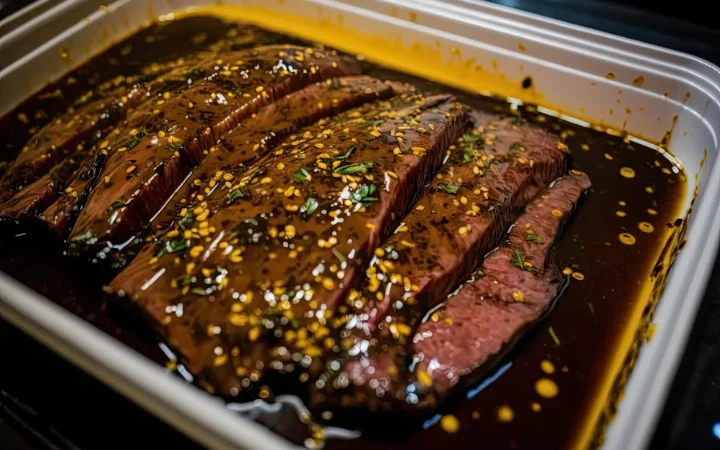
Slow Cooker Method
For set-it-and-forget-it cooking, the slow cooker becomes your best friend in preparing corned beef. This method is incredibly straightforward and guarantees a tender, juicy brisket. Simply place it in the slow cooker, add enough water to cover it, and mix in your choice of spices. Many people like to add a bit of sugar or apple cider vinegar for a balance of flavors. Set the slow cooker on low and let it work its magic for about 8 to 10 hours. The beauty of this method lies in its simplicity and the fact that it requires minimal attention.
Instant Pot Approach
In today’s fast-paced world, the Instant Pot offers a quicker way to enjoy corned beef. This method significantly reduces cooking time while still delivering on flavor and tenderness. Begin by placing it, along with spices and enough water to cover it, into the Instant Pot. Seal the lid and set it to the pressure cook setting for about 90 minutes. Once cooked, let the pressure release naturally. This method is ideal for those who don’t have the luxury of time but still crave the traditional taste.
Popular Recipes Traditional Recipe with Cabbage
Explore corned beef with the essential recipe combining meat and cabbage, like the one found on Beef – It’s What’s For Dinner. This dish, a St. Patrick’s Day favorite in the United States, combines the salty, spiced flavor of the meat with the sweet, earthy tones of cabbage. To prepare, simmer it in a large pot with water, spices, and aromatics until tender. About an hour before the meat is done, add wedged cabbage and let it cook until it’s soft yet slightly crisp. The result is a harmonious blend of flavors and textures, making it a beloved classic in many households.
Braised Brisket
For braising, particularly the brisket cut, explore recipes like Corned Beef Brisket with Roasted Vegetables and Lemon-Mustard Sauce for inspiration. This technique involves first searing the meat to develop a rich crust and then slowly cooking it in a flavorful liquid. The braised brisket is known for its deep flavors and tender texture. Common braising liquids include beef broth, beer, or a mix of water with vinegar or wine, along with traditional spices like bay leaves, peppercorns, and mustard seeds. Serve this dish with roasted vegetables or potatoes for a hearty and satisfying meal.
Innovative Twists on Classic Recipes
Corned beef’s versatility extends to creative dishes like corned beef burnt ends, a unique twist on a classic, as shown on Smoking Meat. For a modern twist, try incorporating it into unconventional dishes. Hash, for instance, combines diced meat with potatoes, onions, and herbs, creating a perfect breakfast or brunch dish. Another innovative idea is sliders, where small, tender pieces are served on mini buns with pickles and mustard, ideal for parties or gatherings. These twists not only add variety to traditional dishes but also introduce new ways to enjoy this flavorful meat.
Nutritional Information Health Benefits
Discover the health benefits of this indulgent yet nutrient-rich food, corned beef, on Wholefully. Rich in protein, it’s an excellent source of energy and helps in muscle repair and growth. It also contains vital vitamins, particularly Vitamin B12, crucial for red blood cell formation and brain health. Additionally, it provides minerals like iron and zinc, essential for a healthy immune system and metabolism.
However, it’s important to consume it in moderation. Due to its curing process, it’s high in sodium, which can impact blood pressure and heart health if consumed excessively. But when enjoyed as part of a balanced diet, it can be a nutritious and satisfying component of your meals.
Dietary Considerations
For those watching their diet, understanding its nutritional content is key for a balanced diet. It’s relatively high in fat, particularly saturated fat, which should be consumed in limited amounts. Leaner cuts are available for those looking to reduce fat intake.
Moreover, for individuals on low-sodium diets, it’s crucial to be mindful of the salt content. Opting for lower-sodium versions or balancing it with low-sodium sides can help manage overall salt intake. As with any meat, portion control is essential, and pairing it with plenty of vegetables can create a more balanced and healthful meal.

Serving and Pairing Ideas Side Dishes
Elevate a simple meal into a feast with proper side dishes. Classic pairings include boiled potatoes, steamed carrots, and of course, cabbage. These sides not only complement the rich flavor but also provide a balanced meal. For a healthier twist, try serving it with roasted root vegetables like parsnips or sweet potatoes, which add a sweet contrast to the savory meat.
Another great option is to serve it with a fresh green salad. The crispness and lightness of the salad balance the heaviness of the meat, making for a more digestible and refreshing meal. Don’t forget to include a variety of textures and flavors in your side dishes to keep the meal interesting and satisfying.
Complementary Side Dishes
Enhance your corned beef meal with well-chosen side dishes. A classic option is buttered boiled potatoes, offering a simple yet delightful contrast to the meat’s rich flavor. Glazed carrots, with their sweet and slightly tangy taste, also make a great pairing. For a touch of green, consider steamed broccoli or Brussels sprouts, which provide a fresh, slightly bitter counterpoint that complements the savory beef.
Bread Pairings
Corned beef pairs wonderfully with a variety of bread. A slice of warm, crusty Irish soda bread can soak up the flavors and add a rustic touch to your meal. Alternatively, rye bread, with its distinctive taste, makes an excellent choice, especially if you’re considering turning leftovers into a Reuben sandwich.
Sauces and Condiments
To enhance the flavors, consider serving corned beef with a range of sauces and condiments. A classic horseradish sauce, with its pungent and spicy kick, cuts through the richness of the meat beautifully. For a sweeter option, a honey-mustard sauce can add a delightful tang. Additionally, a simple dollop of Dijon mustard can elevate the dish with its sharp and tangy flavor.
These serving suggestions are designed to complement the unique taste of corned beef, making your meal a memorable culinary experience.

